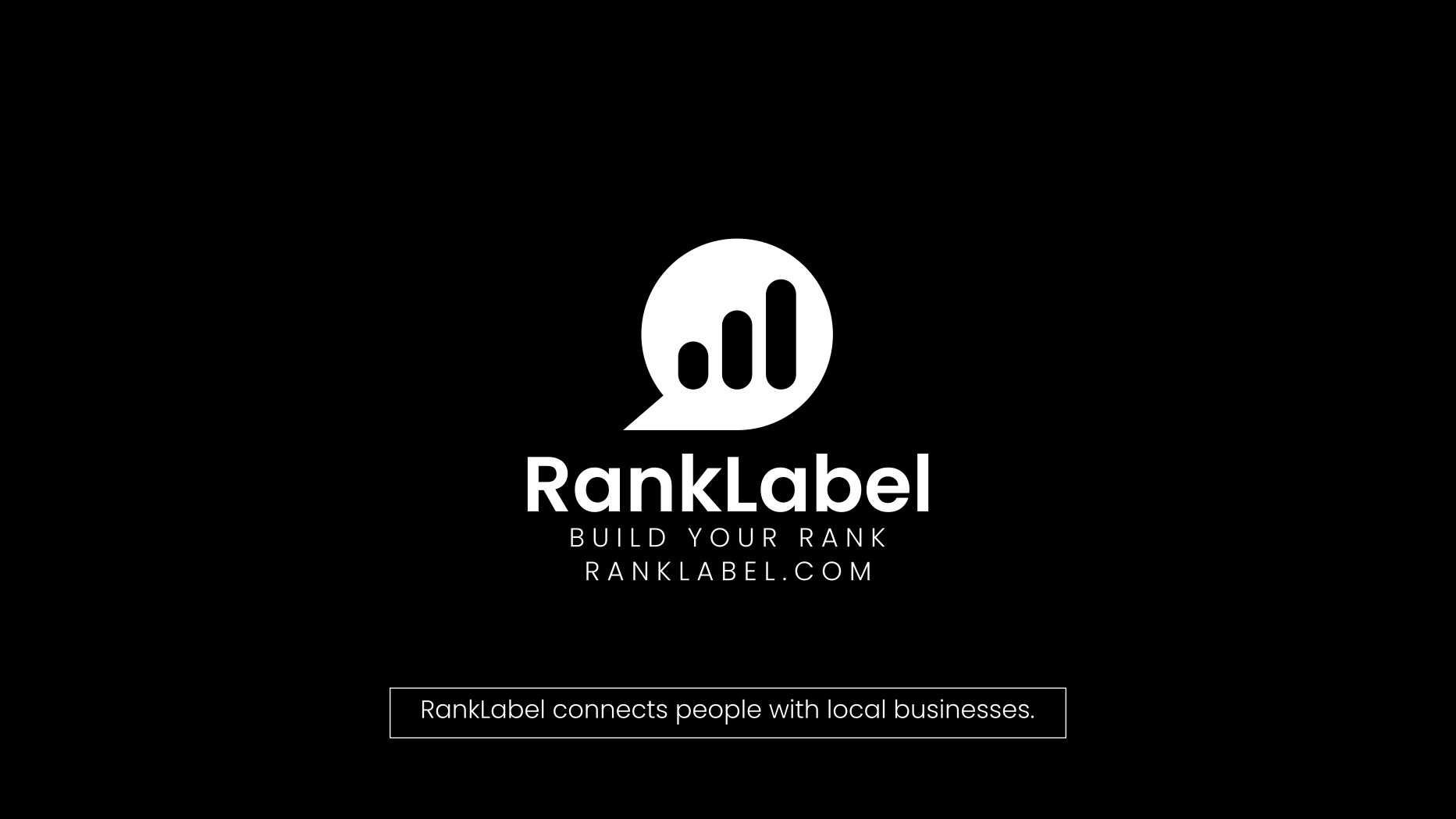Exploring 3D Printing: Revolutionizing Science Projects, Industrial Design, and Tool Manufacturing

3D printing, a cornerstone technology of the Fourth Industrial Revolution, is increasingly proving its value beyond mere novelty. This technique, which turns digital blueprints into three-dimensional objects layer by layer, has significantly impacted various fields, including education, industrial design, and tool manufacturing. In this blog post, we delve into how 3D printing is being utilized in creating innovative science projects, transforming industrial design, and producing customized tools, bringing substantial benefits and efficiency improvements across these domains.
The Role of 3D Printing in Science Projects
3D printing for science projects is not just an educational tool; it's a transformative method for exploring complex scientific concepts through tangible models. This technology enables students and researchers to create precise, scalable models that bring theoretical science to life.
- Enhanced Learning: By turning abstract concepts into tactile learning experiences, 3D printing makes science more accessible and understandable for students of all ages.
- Cost-Effectiveness: Traditional methods of obtaining scientific models can be costly. 3D printing offers a more affordable alternative that schools can utilize to stretch their educational budgets further.
- Customization: Every science project has unique needs, and 3D printing allows for the creation of customized models that precisely fit the project's requirements.
- Interdisciplinary Applications: Combining biology, physics, and chemistry with 3D printing technology can lead to innovative projects that push the boundaries of traditional education.
For example, biology students can print out 3D models of cells, organs, or viruses to study structures in detail. In physics, models of complex molecules and crystal structures can be created, making it easier to understand chemical bonds and reactions. In environmental science, topographic maps and models of different ecosystems can be produced to study weather phenomena or the impact of human activities on nature.
3D Printing in Industrial Design
In the realm of industrial design, 3D printing is increasingly being recognized as a tool that can accelerate the development process, enhance product functionality, and lead to better end-user experiences. Here’s how 3D printing is making waves in industrial design:
- Rapid Prototyping: 3D printing allows designers to quickly create, test, and refine prototypes, speeding up the design process and helping bring products to market faster.
- Complex Geometries: With traditional manufacturing constraints removed, designers can explore complex geometries and intricate designs, which were previously difficult or impossible to achieve.
- Material Diversity: Modern 3D printers can work with a wide range of materials, including plastics, resins, metals, and even composites, allowing for experimentation with material properties that can influence the design process.
- Sustainability: 3D printing minimizes waste by using only the amount of material required for each part, contributing to more sustainable manufacturing practices.
This technique is particularly transformative in automotive, aerospace, and consumer electronics where the ability to create lightweight and strong components leads to more efficient and economically viable products. For instance, in the automotive industry, 3D printing is used to produce parts that are both lighter and stronger than their traditionally manufactured counterparts, improving fuel efficiency and performance.
Emergence of 3D Printed Tools
3D printed tools are rapidly changing the landscape of manufacturing, maintenance, and even home improvement by providing tailored solutions that meet specific needs without the long lead times and high costs associated with traditional tool production.
- Customization: Custom tools can be designed to suit specific tasks, improving effectiveness and efficiency in operations.
- Reduced Costs: Manufacturing tools with 3D printing significantly reduces the cost, especially for specialized or low-volume tools that are otherwise expensive to produce.
- Innovation: With the ability to iterate quickly, designers and technicians can innovate more freely, testing different designs to optimize performance and utility.
- Accessibility: 3D printing makes it easier for small businesses and individuals to obtain or create their own tools, democratizing access to what were once high-cost resources.
For example, in a factory setting, custom jigs and fixtures can be printed on-demand to facilitate the assembly process or improve quality control. In the automotive sector, mechanics use 3D-printed tools for specific repairs that require uniquely shaped implements that might not be readily available off-the-shelf.
Conclusion
3D printing is no longer a futuristic concept but a present-day reality that is reshaping how we learn, design, and work. From educational science projects to cutting-edge industrial design and innovative tool creation, the possibilities with 3D printing are nearly limitless. As the technology continues to evolve and become more accessible, its impact across various sectors is expected to grow even further, heralding a new era of efficiency, customization, and creativity.
Whether it's empowering students to explore new dimensions in their science projects, enabling designers to break free from the constraints of traditional manufacturing, or allowing tradespeople to craft the perfect tool for the job, 3D printing is proving to be an invaluable asset in modern fabrication and design. With ongoing advancements and wider adoption, the future of 3D printing looks brighter than ever.










